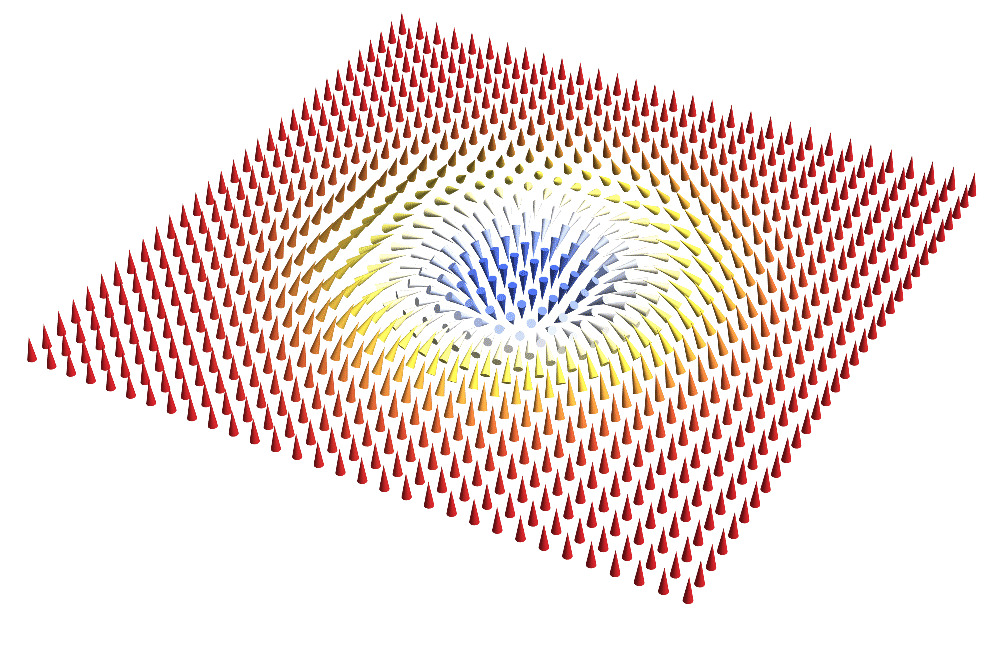Theory of Condensed Matter (Tuesday, and Wednesday Morning)
What does TCM do?
We study condensed phases of matter, that arise when a large number of particles are kept together by forces of some kind. This is the case for the solids and liquids we see every day, from kitchen salt to iron to glass, that are made of atoms, bind by electromagnetic forces. We also explore what happens far from everyday conditions, for example when it’s very cold or at large pressures, where matter can take very unusual forms.
As theorists we use mathematics to describe nature. In our case, we apply the fundamental laws of quantum mechanics to discover and predict the properties of matter, at different levels of complexity. First, we formulate mathematical models that can predict isolated physical phenomena, that is small bits of nature that our experimental colleagues can observe in controlled experiments. Then, we create models for more realistic situations, where different phenomena occur together, that are useful to design technological devices. Apart from using mathematics, we also often write computer programs to solve equations and perform simulations.
What will visitors see at your exhibit?
We will show some examples of physical theories and what they can predict.
What physics is used?
We heavily rely on quantum physics, electromagnetism and statistical physics (a generalization of thermodynamics).
Why is it useful?
Condensed matter theory pushes the boundaries of what we understand about matter, that makes up our world, our universe, ourselves! Discoveries in this field directly drive technological innovation: by expanding the realm of how we can control matter, we can invent new technologies for example to manipulate energy and information, that in turn make possible new discoveries. History confirms this, as condensed matter physics has given rise to the transistor, the building block of electronics, to lasers, used in printers or barcode scanners, to liquid crystal displays and to MRI scanners used in hospitals, but these are only few examples.
Fracture and Shock Research Group (Wednesday afternoon and Thursday)
What does the Physics and Chemistry of Solids group do?
Our research group is primarily focused on solving real-world problems arising from an incomplete physical understanding of the response of materials to dynamic stimuli. We have a wide range of interests including both reactive (explosive) and inert materials; materials which may be brittle (diamond), plastic (metals) or viscoelastic (polymers); materials that are solids or fluids, or in-between (granular beds). We are interested in the processes that occur when materials are subjected to extreme conditions (pressure, temperature) and are taken beyond the limits of their endurance (yield, fracture, decohesion).
Typically, the materials and conditions we wish to study are not readily accessible using off-the-shelf equipment. A large fraction of our effort is devoted to developing novel instrumentation and diagnostic techniques to elucidate the physics of the subjects described above

